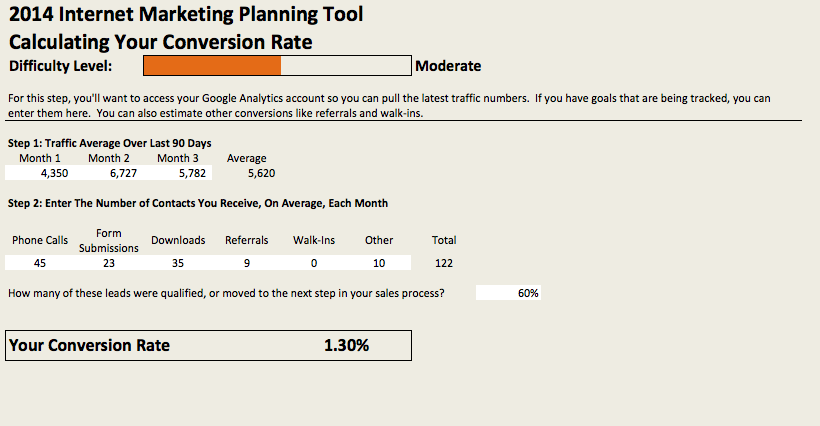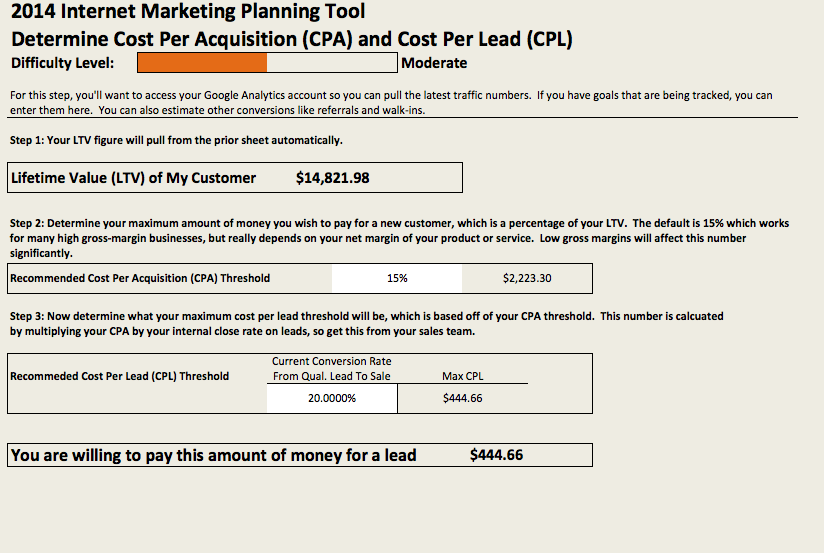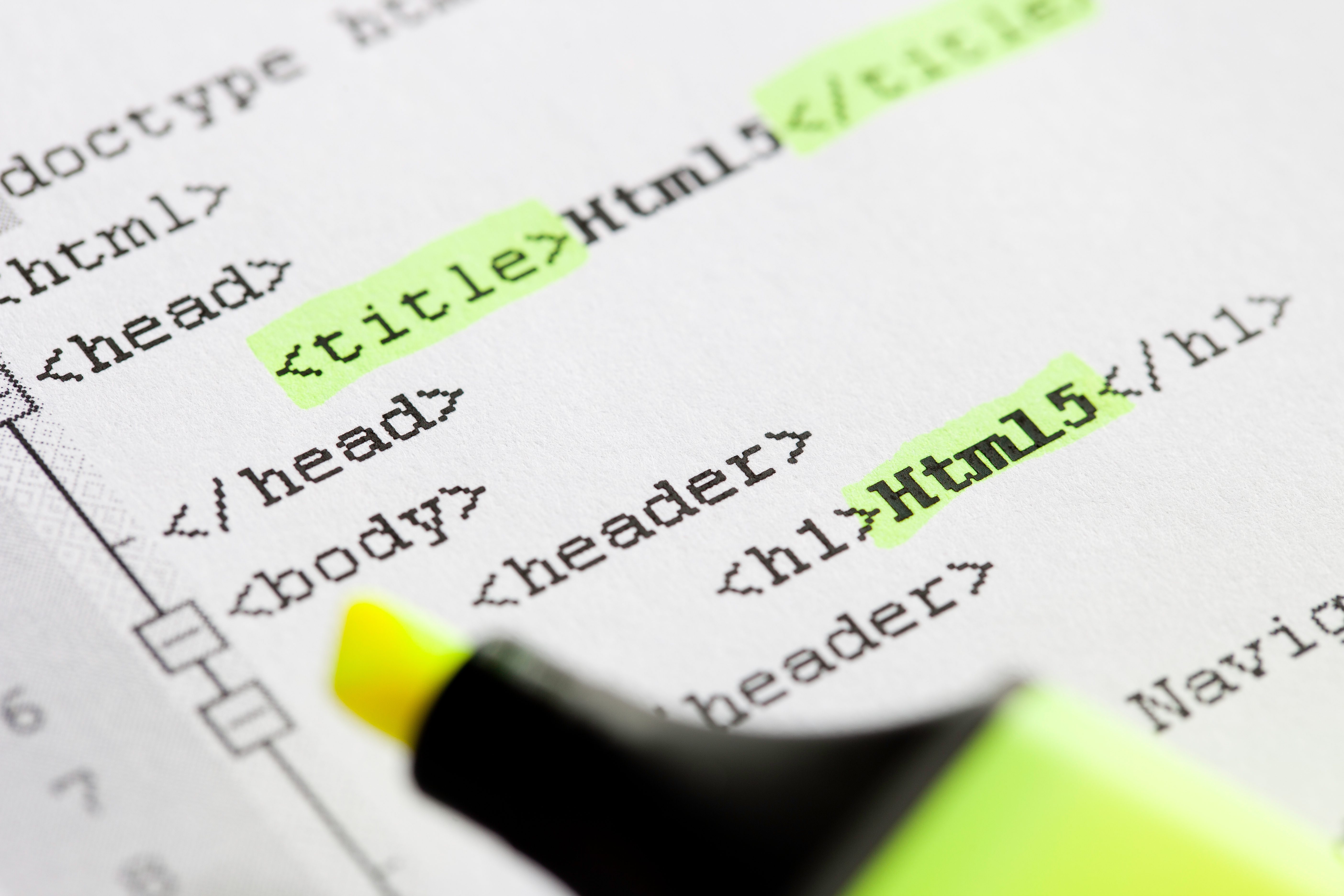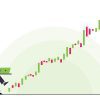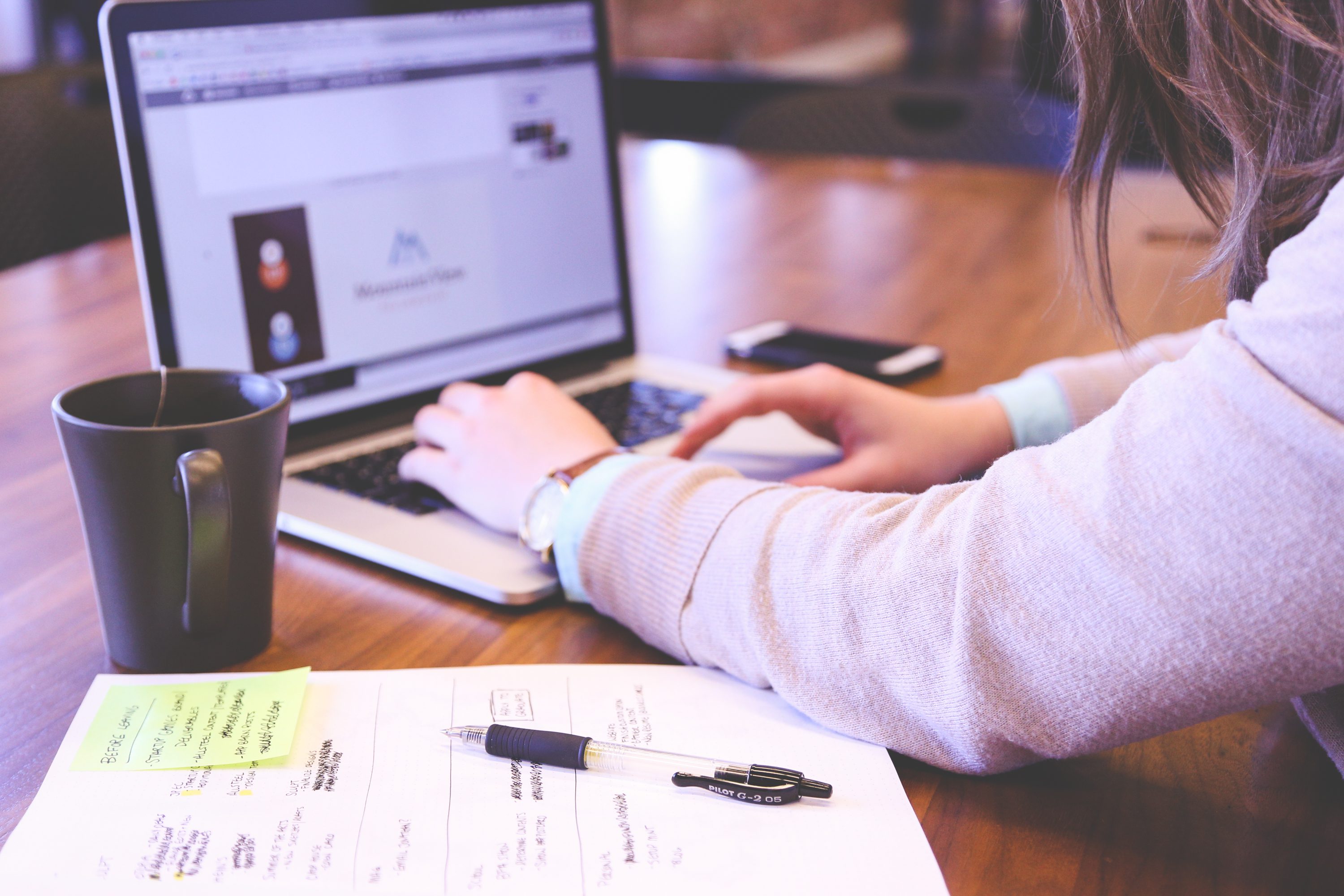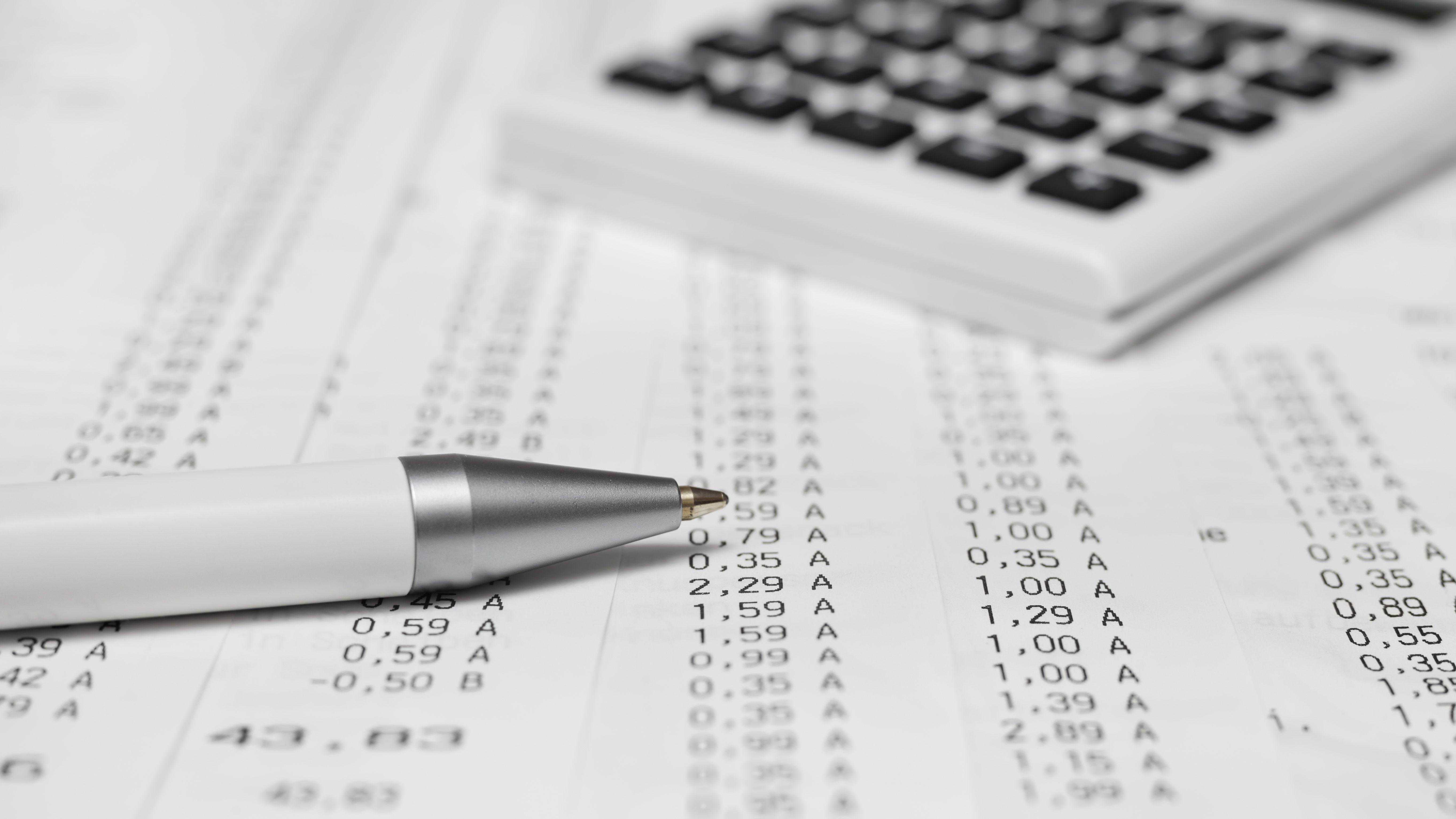Earlier this month we posted our first blog expressing a newer way to think about our marketing in terms of 4 buckets: Paid, Owned, Earned and Shared media. Now, we want to bring you a useful tool that will help you get your Internet marketing on track this year. Instead of guessing, we’re going to walk you through the 5 steps you’ll need to take in order to do cost-effective lead generation with our Marketing Tools for 2014: Online Marketing Planner. When I ask people what kind of budget they have for Internet marketing, or any kind of marketing, sometimes I hear responses like “we don’t really have one, but if this Internet stuff works and we make more revenue than we’re spending on the marketing, then we have an unlimited budget”. While there is good intention here, the statement is usually derived from poor planning, and the mis-guided hopes that this “silver bullet” called Internet marketing is going to somehow magically produce this windfall of new sales.
The way it really works is that a plan will need to be developed, and some tough questions will need to be answered. Things like average sale per customer or product line, lifetime value of the customer, or even customer by product line, and profit margin per product. You’ll also need to know what kind of conversion rates you have from visit to qualified lead, and from qualified lead to sale. That’s what our 2014 Online Marketing Budget Planner is designed to do.
In this guide (based in Excel so it easily does all of the calculations for you), you will learn:
-
How to determine marketing goals and what makes an ideal customer
-
How to calculate your customer lifetime value
-
Understanding and determining your conversion rates
-
Understanding Cost Per Acquisition (CPA) and Cost Per Lead (CPL)
-
How to plan your budget for effective lead generation
The first step in planning your budget is to set some goals for the organization. If you’ve done Internet marketing before, talk about what worked, and what didn’t. What are your competitors doing online? What kind of market share do you think you could gain from this kind of marketing? Or, are you looking to expand your brand presence?
Next, you want to do some thinking about what makes an ideal customer for your business. Look at 5 of your best customers and begin to jot down the attributes that make them your best customers. Do an informal poll and ask them a little bit about what brought them to your company, and what helped them decide you were the best fit. Believe it or not, this kind of stuff is gold for your external marketing folks, like your SEO or PPC companies.
Next comes the hard part for many companies, which is determining their customer lifetime value. Our worksheet walks you through a B2B scenario, and the modeling was borrowed from this fantastic infographic on LTV provided by KISS Metrics, which is more of a consumer/retail model based off of Starbucks. The difficult part about this is getting to some of the variables such as average profit margin, discounted cashflow percentages, and really knowing how long a customer stays with you. For now, just make some educated guesses and you can refine later.
Next, we’ll walk you through how to calculate conversion rates from your website. In other words, we’re looking to measure how many web visitors became qualified leads. That means taking your inbound leads from all channels and applying a percentage to them because not every phone call or form submission is going to be your “ideal” customer.
Now that we’ve got your LTV and conversion rates figured out, let’s walk through what you would actually be willing to spend to acquire a new customer. If your customer spends $500 per month and on average stays with you for 5 years, how much would you spend to get $30,000 in revenue? If I said “give me $1,000 and I’ll give you $30,000 back”, would you do it? Well, depending on your costs, you’d probably say “heck yeah!” But before you do, let’s really dig in and find out what some reasonable thresholds might be. In the example built into your free online marketing budget planner, this customer is willing to spend about $445 to acquire a customer that will generate just under $15,000 in revenue.
Now, most of the hard work has been done. At this point you have:
- Made some actionable and measurable goals for your online marketing this year;
- Identified some attributes of what makes an “ideal customer”;
- Calculated your customer lifetime value;
- Determined what your lead conversion funnel looks like from visit to lead to qualified lead;
- Calculated your cost per acquisition (CPA) and cost per lead (CPL) thresholds;
You’re finally ready to start applying a budget and determining what an ideal marketing mix might be. In our workbook we give you 3 examples of online spend including pay-per-click (PPC), search engine optimization (SEO) and online banner ads (CPM-based). The purpose is to take all of your prior calculations and see where the CPL’s and CPA’s lie for each of the channels. This is a great way to determine if you should continue spending dollars in a certain area or not. You could add other channels such as social media, for example, if you paid for things like sponsored stories. You could also add affiliate traffic providers like Outbrain and others to see what kind of conversion rates you get from that traffic.
Hopefully this is a simple enough guide to get you going in the right direction, and should you need any help working through any of it, please call us at (888) 427-2178 and let us help!





